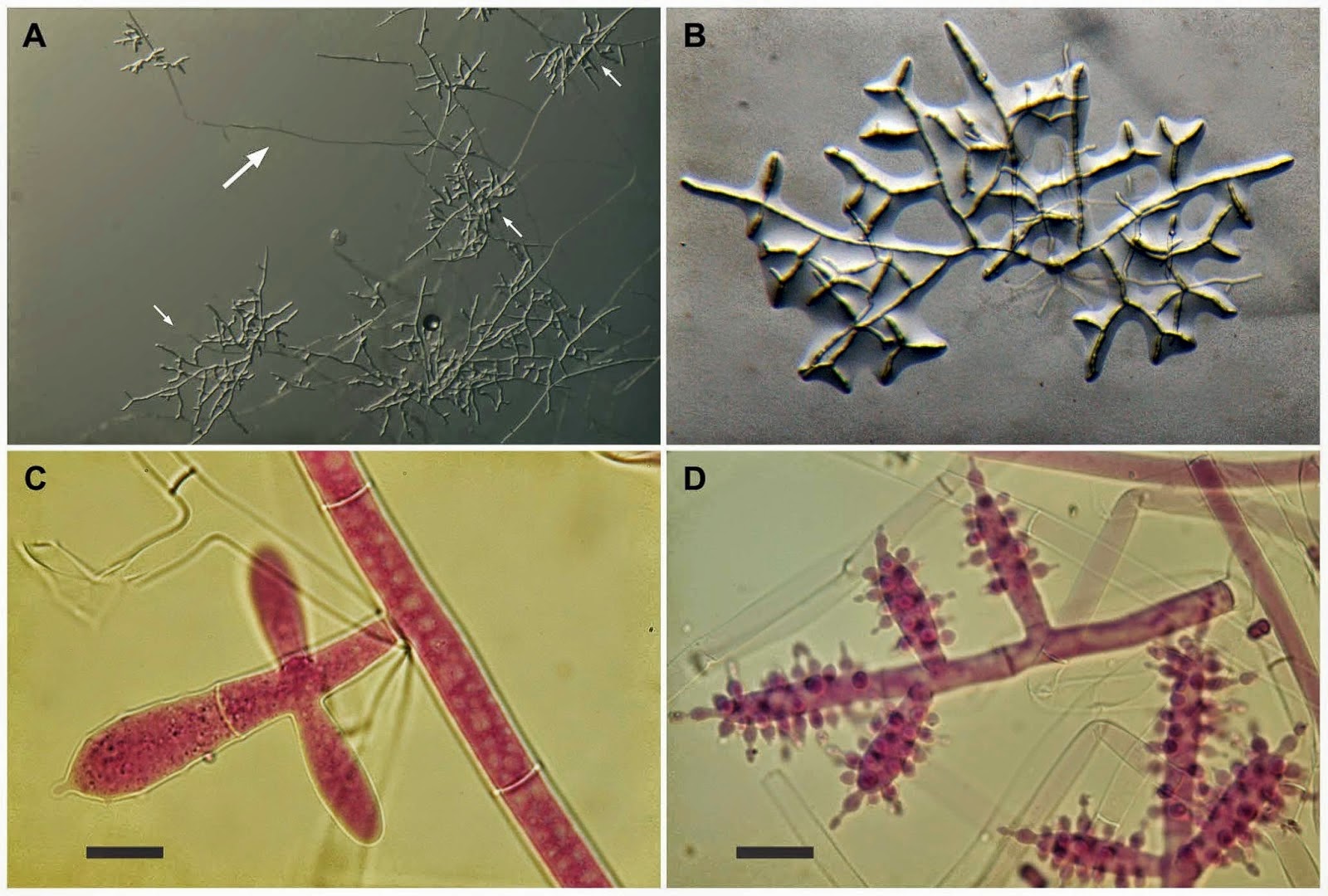The Chatham Island Forget-me-not (Myosotidium hortensium) is a robust perennial herbaceous plant found in coastal habitats in the Chatham Islands, a remote group of islands roughly 860 kmeast of Christchurch, New Zealand. The plant of interest to botanists and biogeographers, since its closest known relatives are found in the Mediterranean region of Europe. It is considered to be ‘Nationally Endangered’ due to its limited native range, which is threatened by agriculture, trampling and browsing damage by introduced Mammals and competition from (also introduced) Marram Grass. It is also widely grown as an ornamental plant in gardens across New Zealand, though it tends to do poorly away from the Chatham Islands.
In a paper published in the journal Phytotaxa on 16 July 2014, Mahajabeen Padamsee and Eric McKenzie of Landcare Research in Aukland describe a new species of Rust Fungus that was found living on cultivated Chatham Island Forget-me-nots in a nursery on Rekohu in the Chatham Islands.
The new species is placed in the genus Pucciniastrum, and given the specific name myosotidii, after the host plant. Its conservation status in unclear; it has been found only in the Chatham Islands, which suggests that it may be a native fungus, with similar conservation status to its host plant, however it was found only on cultivated plants, which may suggest it is an introduced plant which is threatening an endangered native species. Either way the situation seems to merit further investigations.
(Top) Pucciniastrum myosotidii on a leaf of Myosotidium hortensii. (Bottom) Individual cells of Pucciniastrum myosotidii. Padamsee and McKenzie (2014).
See also…
Leafcutter Ants harvest vegetation from the tropical rainforests of South and Central America, which they then carry back to their nests and use as feed in fungal...
Earthstars (Geastrales) are distinctive Macro-fungi...
The Amphisphaerid Fungi (Amphisphaeriaceae) are a group of Ascomycetes found In South America, New Zealand and Eurasia. They are predominantly plant pathogens, with some species being considered serious agricultural pests. They are also a source of chemically novel metabolites, which makes even non-pathogenic species of interest as potential...
Follow Sciency Thoughts on Facebook.





